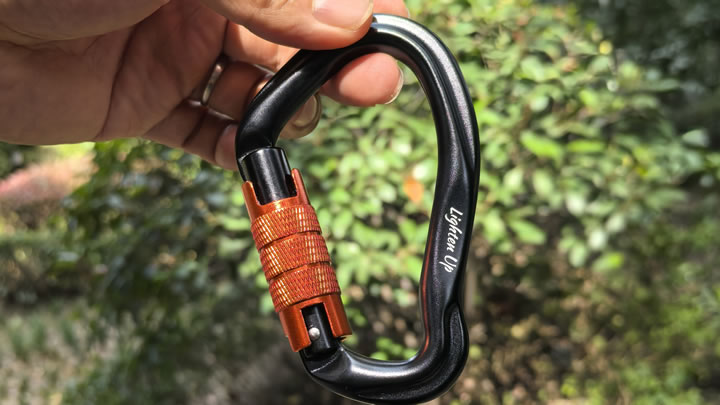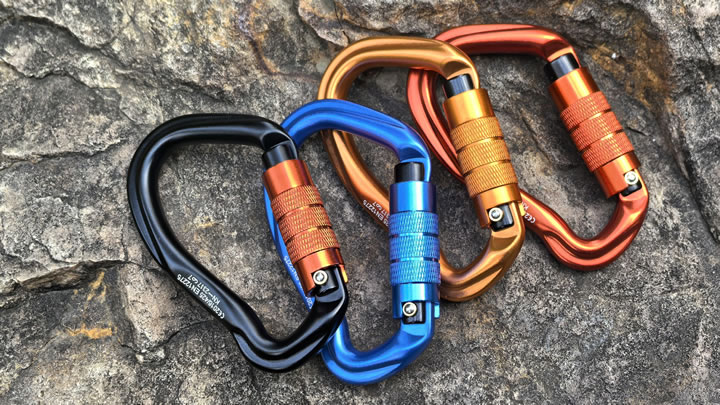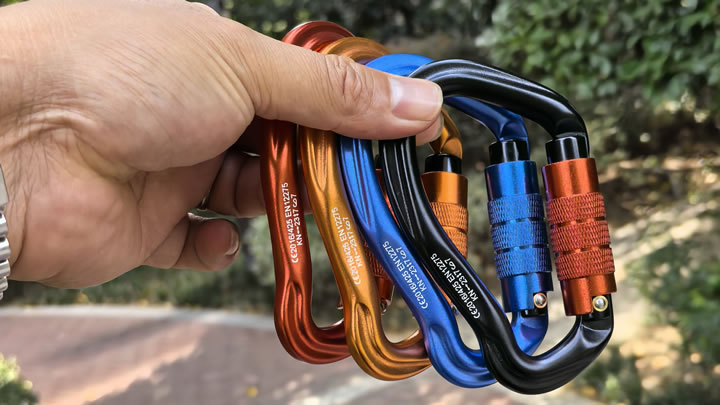Are cotton hammocks more comfortable than nylon?
The quest for the perfect hammock often boils down to a battle between comfort and practicality. Cotton and nylon dominate the market, each with distinct strengths. While cotton is celebrated for its softness, nylon boasts durability and adaptability. But which material truly delivers superior comfort? Let’s dissect their differences and uncover the best choice for your lounging needs.

1. The Comfort Factor: Material Feel and Texture
- Cotton:Pros: Naturally soft, breathable, and cozy. Mimics the feel of a bedsheet, ideal for bare skin.Cons: Becomes rough over time if unwashed; stretches and sags when wet.
- Nylon:Pros: Smooth, lightweight texture molds to the body without sagging. Retains shape even after prolonged use.Cons: Synthetic feel may seem less “luxurious” initially compared to cotton.
Verdict: Cotton wins for instant coziness, but nylon offers consistent support.
2. Breathability and Temperature Regulation
- Cotton:Highly breathable in dry conditions but traps moisture in humidity. Sweat absorption leads to dampness and stickiness.
- Nylon:Wicks moisture away from the skin and dries rapidly. Open-weave designs (e.g., parachute nylon) enhance airflow.
Use Case: Nylon excels in hot, humid climates; cotton shines in cool, dry environments.
3. Long-Term Comfort: Stretch and Support
- Cotton:Stretches permanently under weight, creating a “saggy” feel over time. Requires frequent adjustment.Lacks elasticity, leading to pressure points during extended lounging.
- Nylon:Flexible yet resilient—conforms to body shape without overstretching.Maintains tension, distributing weight evenly for spinal support.
Pro Tip: Double-layered nylon hammocks add cushioning for side sleepers.
4. Comfort vs. Practicality: Environmental Impact
- Cotton:Indoor Use: Perfect for bedrooms or porches in dry climates.Outdoor Risks: Absorbs rain, becomes heavy, and promotes mold. Unsuitable for camping or coastal areas.
- Nylon:All-Season Versatility: Resists water, mold, and UV damage. Lightweight for travel.Texture Trade-Off: Less “homey” than cotton but performs reliably in rain or sun.
5. Maintenance and Hygiene
- Cotton:Requires frequent washing to prevent odors and mildew. Shrinks if machine-dried.High maintenance for outdoor use.
- Nylon:Easy to clean—rinse with water and air-dry. Resists stains and odors.Low effort for adventurers or frequent users.
User Hack: Add a cotton hammock pad for softness without sacrificing nylon’s durability outdoors.
6. User Preferences: Subjective Comfort
- Cotton Fans: Prioritize plushness and natural aesthetics. Common among casual users and home decorators.
- Nylon Advocates: Value adaptive support and hassle-free care. Favored by campers, hikers, and tropical residents.
7. When to Choose Each Material
- Pick Cotton If:You want a soft, decorative hammock for occasional indoor/backyard use.You live in a dry climate and prioritize initial comfort over longevity.
- Choose Nylon If:You need a durable, all-weather hammock for camping, travel, or humid regions.You prefer low-maintenance gear that retains shape and support.
Final Verdict
Cotton hammocks deliver unmatched softness for short-term relaxation in controlled environments. However, nylon’s moisture-wicking, shape-retaining, and weather-resistant properties make it the long-term comfort champion for most users. For hot climates, outdoor adventures, or frequent use, nylon’s adaptive support and practicality outweigh cotton’s fleeting coziness. Pair a nylon hammock with a cushioned quilt for the ultimate blend of comfort and durability!






